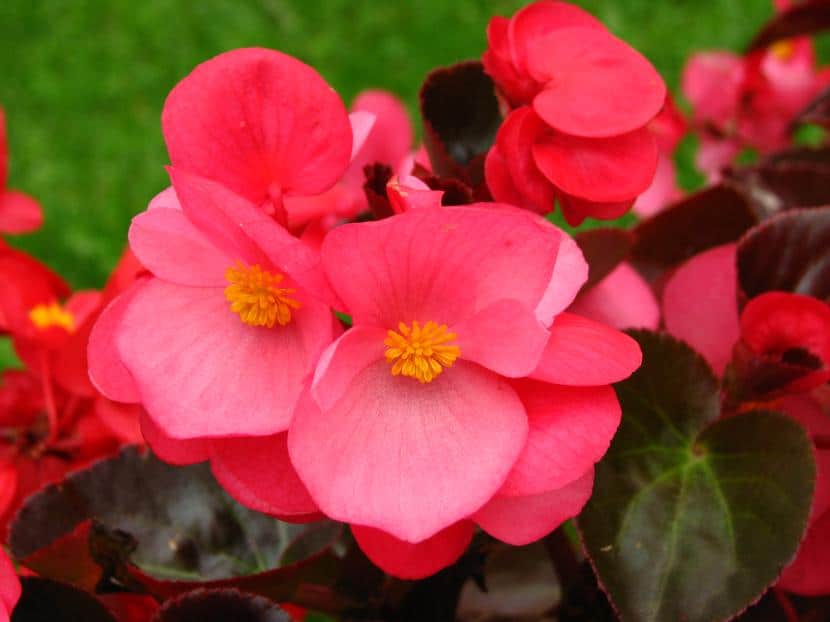
If you don't have a garden, or you just want to have potted flowers and you don't know which ones, you're in luck. We have made a selection of some of the best plants that you can have in a pot and that, in addition, are very easy to find and even more so to care for. Starting with the popular geranium (top photo), which has earned its place in our balconies and terraces, and where they are well known for decorating the courtyards of Seville, in southern Spain.
They are originally from, mainly, the eastern Mediterranean region, but nowadays we can find them anywhere of the planet thanks to its beautiful flowers and its easy cultivation.
Dianthus

El clavel It is a small plant that does not exceed 70cm in height. In cool climates it is grown more as a biennial plant (that is, two years pass from the time the seeds are sown until the plant dies), but in milder climates it can last several years. Different species of carnations can be combined in the same pot, giving color to the place where they are.
begonia semperflorens

Begonia in hot climates live for several years, but in cooler climates they are kept more as seasonal or indoor plants. However, the begonia semperflorens It has proven to be one of the species that can best resist a little cold (as long as it is not intense). They are small plants, about 30cm tall, whose flowers are pink, red or white. The leaves can be green or greenish-brown, very beautiful.
Myosotis sylvatica

La Myosotis sylvatica, better known as Don't forget me, is a perennial plant native to temperate regions of Europe. Its flowers are very small, and are composed of five blue petals. To create a nice flower arrangement (or a nice blue spot) it is recommended to plant several Myosotis specimens.
General care
- Location: Vivid flowers usually need full sun, except Begonia, which prefers shady places.
- Irrigation: Irrigation should be frequent, especially in summer, avoiding waterlogging.
- Siembra: Sowing will take place in spring or autumn. If the seed is fresh, it usually takes a few days to germinate.
- Fertilizer: They can be paid with a fertilizer -organic preferably- from spring to autumn.
We hope that enjoy your flowers vivacious!